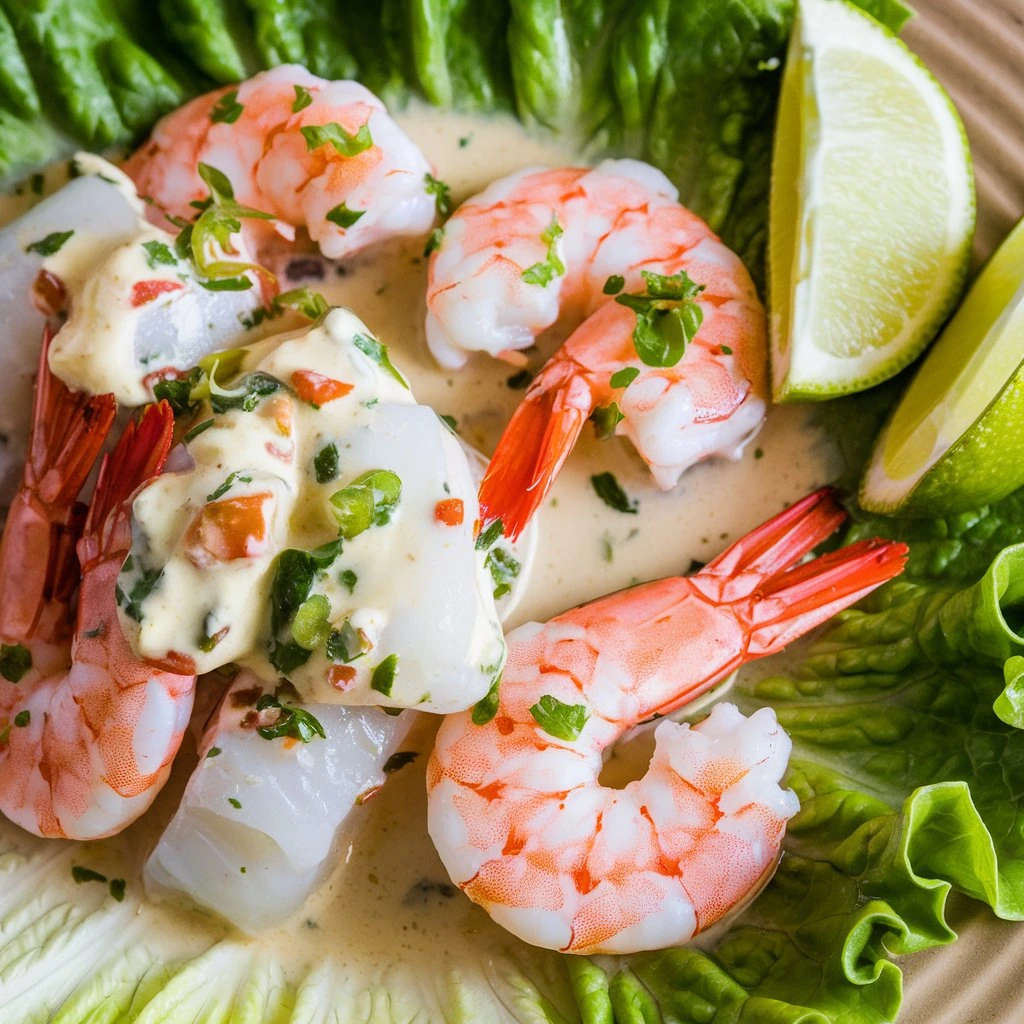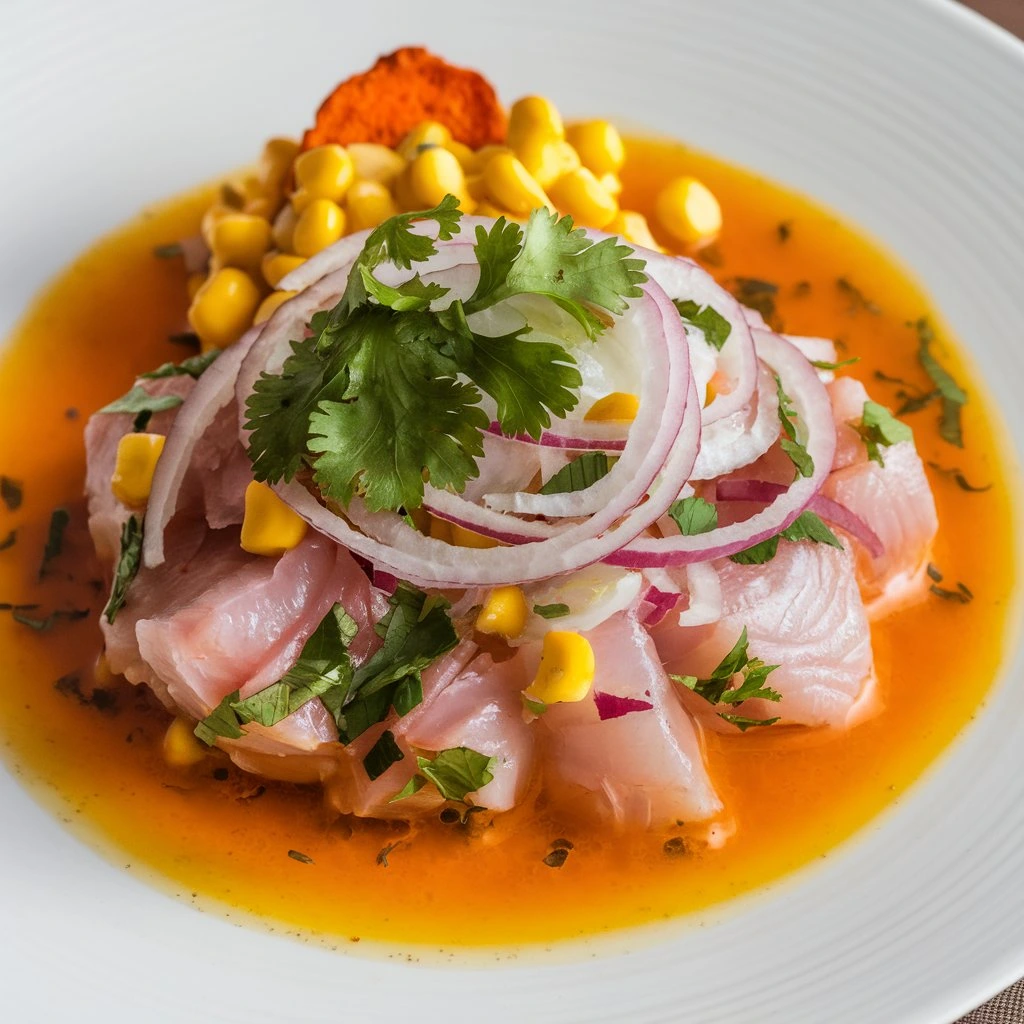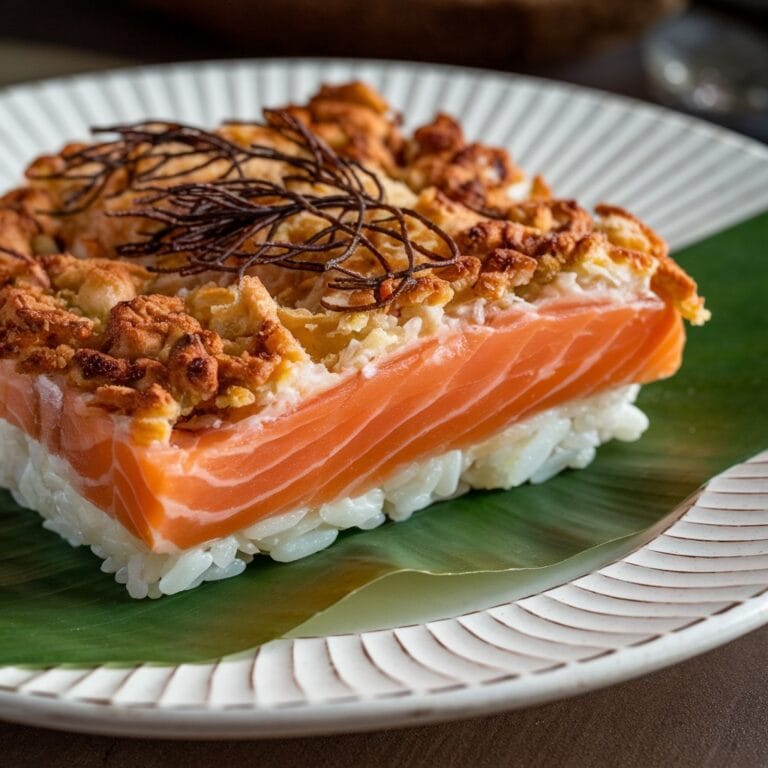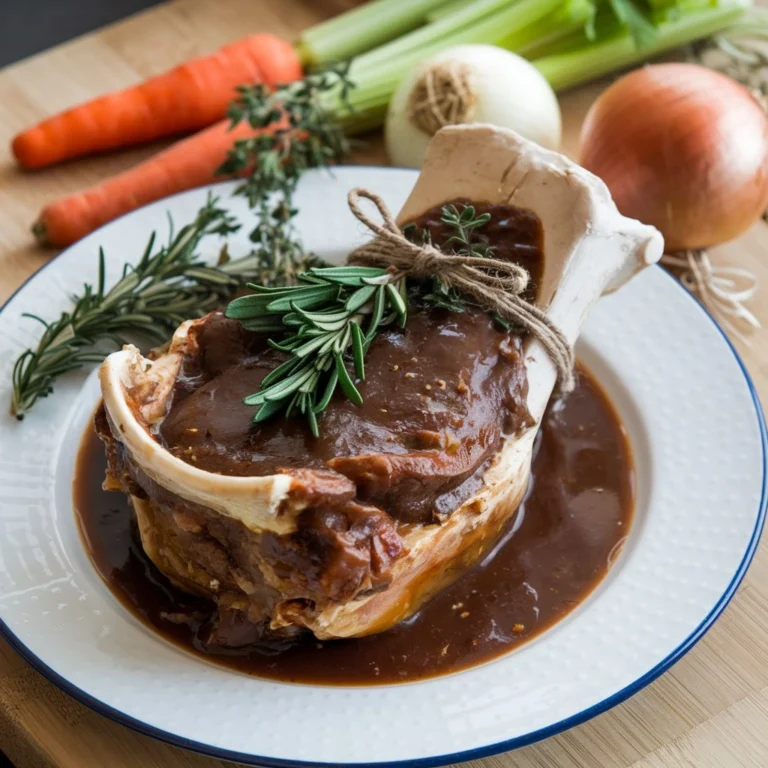Leche de Tigre Ceviche: The Ultimate Guide to Peru’s Refreshing and Flavor-Packed Culinary Masterpiece
Leche de tigre ceviche is a culinary masterpiece that has captured the hearts of food enthusiasts worldwide. This vibrant, zesty dish is not only a staple in Peruvian cuisine but also a symbol of the country’s rich culinary heritage. In this comprehensive guide, we’ll explore everything you need to know about leche de tigre cevich, from its origins and health benefits to a step-by-step recipe and nutritional information. Whether you’re a seasoned chef or a home cook, this article will equip you with all the knowledge to create this iconic dish at home.
Table of Contents
- What is Leche de Tigr Ceviche?
- The Origins of Leche de Tigre
- Why is Leche de Tigre So Popular?
- Health Benefits of Leche de Tigre Ceviche
- Ingredients for Leche de Tigre Ceviche
- Step-by-Step Recipe
- Nutritional Information
- Tips for Perfect Leche de Tigre Ceviche
- Serving Suggestions
- Frequently Asked Questions (FAQs)
- The Cultural Significance of Lech de Tigre Ceviche
- Variations of Leche de Tigr Ceviche
- Pairing Leche de Tigr Ceviche with Drinks
- The Science Behind Ceviche
- How to Source Fresh Ingredients
- The Role of Leche de Tigre in Peruvian Cuisine
- Common Mistakes to Avoid
- The Future of Lech de Tigre Ceviche
- Testimonials from Chefs
- Conclusion

What is Leche de Tigre Ceviche?
Leche de tigre ceviche is a Peruvian dish that combines fresh raw fish marinated in a citrus-based sauce known as leche de tigr (translated as “tiger’s milk”). This sauce is the heart of the dish, made from lime juice, fish stock, garlic, ginger, and chili peppers. The result is a refreshing, tangy, and slightly spicy flavor that perfectly complements the delicate texture of the fish.
The dish is typically garnished with red onions, cilantro, and sweet potatoes, creating a harmonious balance of flavors and textures. Leche de tigr ceviche is not only a culinary delight but also a nutritious and low-calorie meal option.
The Origins of Leche de Tigre
The origins of leche de tigre can be traced back to ancient Peru, where coastal communities relied on fresh seafood as a primary food source. The name leche de tigre is believed to have been inspired by the vibrant, milky appearance of the sauce and its energizing properties. Locals often drank the leftover marinade as a hangover cure or energy booster, earning it the nickname “tiger’s milk.”
Over time, leche de tigre evolved into a key component of Peruvian ceviche, becoming a symbol of the country’s culinary innovation and cultural pride.
Why is Leche de Tigre So Popular?
Leche de tigre ceviche has gained international acclaim for several reasons:
- Unique Flavor Profile: The combination of citrus, spice, and umami creates a flavor explosion that is both refreshing and satisfying.
- Health Benefits: Packed with lean protein, vitamins, and antioxidants, this dish is a healthy choice for food lovers.
- Cultural Significance: As a cornerstone of Peruvian cuisine, leche de tigr ceviche represents the fusion of indigenous and immigrant culinary traditions.
- Versatility: The dish can be customized with different types of fish, seafood, or even vegetarian alternatives.
Health Benefits of Leche de Tigre Ceviche
Leche de tigre ceviche is not only delicious but also incredibly nutritious. Here are some of its health benefits:
- Rich in Omega-3 Fatty Acids: The fresh fish used in ceviche is an excellent source of omega-3s, which support heart and brain health.
- High in Protein: This dish provides a substantial amount of lean protein, essential for muscle repair and growth.
- Low in Calories: With minimal added fats, leche de tigre ceviche is a light and healthy meal option.
- Packed with Vitamins and Minerals: The lime juice, garlic, and chili peppers are rich in vitamin C, antioxidants, and anti-inflammatory compounds.
Ingredients for Leche de Tigre Ceviche
To make authentic leche de tigre ceviche, you’ll need the following ingredients:
For the Leche de Tigre:
- 1 cup fresh lime juice
- 1/2 cup fish stock (or clam juice)
- 2 garlic cloves, minced
- 1-inch piece of ginger, peeled and grated
- 1-2 ají amarillo peppers (or substitute with habanero or serrano peppers)
- 1/4 cup cilantro leaves
- Salt and pepper to taste
For the Ceviche:
- 1 lb fresh white fish (such as sea bass, flounder, or tilapia), cut into bite-sized pieces
- 1/2 red onion, thinly sliced
- 1 sweet potato, boiled and sliced
- 1 ear of corn, boiled and cut into rounds
- Fresh cilantro leaves for garnish
- Lime wedges for serving
Step-by-Step Recipe
1: Prepare the Leche de Tigre
- In a blender, combine the lime juice, fish stock, garlic, ginger, ají amarillo peppers, and cilantro.
- Blend until smooth, then strain the mixture through a fine-mesh sieve to remove any solids.
- Season with salt and pepper to taste. Set aside.
2: Marinate the Fish
- Place the fish pieces in a glass or ceramic bowl.
- Pour the leche de tigre over the fish, ensuring it is fully submerged.
- Cover and refrigerate for 15-20 minutes, or until the fish turns opaque and “cooked” by the acidity of the lime juice.
3: Assemble the Ceviche
- Remove the fish from the marinade and place it in a serving dish.
- Add the sliced red onions, sweet potato, and corn rounds.
- Garnish with fresh cilantro leaves and serve with lime wedges on the side.
Nutritional Information
Here’s a breakdown of the nutritional content per serving (approximately 1 cup):
| Nutrient | Amount |
|---|---|
| Calories | 200 kcal |
| Protein | 25 g |
| Carbohydrates | 15 g |
| Fat | 3 g |
| Fiber | 2 g |
| Vitamin C | 50% DV |
| Omega-3 Fatty Acids | 1.5 g |
Percent Daily Values (DV) are based on a 2,000-calorie diet.
Tips for Perfect Leche de Tigre Ceviche
- Use the Freshest Fish: Since the fish is not cooked with heat, it’s crucial to use sushi-grade or extremely fresh fish to ensure safety and quality.
- Balance the Flavors: Adjust the amount of lime juice, chili peppers, and salt to suit your taste preferences.
- Don’t Over-Marinate: Over-marinating can cause the fish to become tough. Aim for 15-20 minutes for optimal texture.
- Experiment with Garnishes: Add avocado, mango, or cucumber for extra flavor and texture.
Serving Suggestions
Leche de tigre cevich is best served fresh and chilled. Here are some serving ideas:
- As an Appetizer: Serve in small bowls or glasses for a refreshing starter.
- With Tostadas or Chips: Pair with crispy plantain chips or corn tostadas for added crunch.
- As a Main Course: Serve with a side of rice or quinoa for a complete meal.
Frequently Asked Questions (FAQs)
1. Can I use other types of fish for ceviche?
Yes, you can use any firm, fresh fish such as salmon, halibut, or snapper. Shellfish like shrimp or scallops also work well.
2. Is leche de tigre safe to drink?
Yes, the acidity of the lime juice effectively “cooks” the fish and kills any harmful bacteria. However, ensure all ingredients are fresh and properly handled.
3. How long can I store ceviche?
Ceviche is best consumed immediately but can be stored in the refrigerator for up to 24 hours. Note that the texture may change over time.
4. Can I make a vegetarian version?
Absolutely! Substitute the fish with diced mushrooms, hearts of palm, or tofu for a vegetarian alternative.
The Cultural Significance of Leche de Tigre Ceviche
Leche de tigre ceviche is more than just a dish; it’s a cultural icon that represents the heart and soul of Peruvian cuisine. The dish is a testament to the country’s rich history and diverse culinary influences, blending indigenous traditions with Spanish, African, and Asian flavors.
In Peru, ceviche is often enjoyed as a communal dish, bringing families and friends together. It’s a staple at celebrations, festivals, and everyday meals, symbolizing unity and shared heritage. The vibrant flavors and fresh ingredients reflect the country’s abundant natural resources and the creativity of its people.
Variations of Leche de Tigre Ceviche
While the classic leche de tigre ceviche is made with white fish, there are numerous variations to explore:
- Mixed Seafood Ceviche: Incorporate shrimp, octopus, and scallops for a seafood medley.
- Vegetarian Ceviche: Use mushrooms, hearts of palm, or tofu as a fish substitute.
- Fruit-Infused Ceviche: Add mango, pineapple, or passion fruit for a sweet and tangy twist.
- Spicy Ceviche: Increase the amount of chili peppers or add a dash of hot sauce for extra heat.
Each variation offers a unique flavor profile, allowing you to customize the dish to your preferences.
Pairing Leche de Tigre Ceviche with Drinks
To enhance your leche de tigre ceviche experience, consider pairing it with these refreshing beverages:
- Pisco Sour: Peru’s national cocktail, made with pisco, lime juice, egg white, and bitters.
- Chicha Morada: A traditional Peruvian drink made from purple corn, pineapple, and spices.
- White Wine: A crisp Sauvignon Blanc or Albariño complements the dish’s acidity.
- Craft Beer: A light, citrusy beer enhances the flavors of the ceviche.
The Science Behind Ceviche
Ceviche is a fascinating example of food science in action. The acidity of the lime juice denatures the proteins in the fish, effectively “cooking” it without heat. This process, known as acid hydrolysis, changes the texture and appearance of the fish, making it firm and opaque.
The key to perfect ceviche lies in balancing the acidity, salt, and spice to achieve the desired flavor and texture. Understanding the science behind the dish can help you master the art of ceviche-making.

How to Source Fresh Ingredients
The quality of your leche de tigre ceviche depends on the freshness of your ingredients. Here are some tips for sourcing the best components:
- Fish: Purchase sushi-grade fish from a reputable fishmonger or seafood market.
- Limes: Choose limes that are firm and heavy, indicating they are juicy.
- Chili Peppers: Look for fresh, vibrant ají amarillo peppers or suitable substitutes.
- Cilantro: Select bunches with bright green leaves and no signs of wilting.
The Role of Leche de Tigre in Peruvian Cuisine
Leche de tigre is more than just a ceviche ingredient; it’s a versatile sauce that plays a central role in Peruvian cuisine. It’s used as a marinade, a dressing, and even a drink. The sauce’s bold flavors and health benefits have made it a beloved component of many dishes, from seafood to salads.
In recent years, leche de tigre has gained international recognition, inspiring chefs around the world to incorporate it into their culinary creations.
Common Mistakes to Avoid
When making leche de tigre ceviche, avoid these common pitfalls:
- Using Low-Quality Fish: Always opt for the freshest, sushi-grade fish to ensure safety and flavor.
- Over-Marinating: Prolonged exposure to lime juice can toughen the fish. Stick to the recommended marinating time.
- Skipping the Straining Step: Straining the leche de tigre ensures a smooth, refined sauce.
- Ignoring Balance: Adjust the acidity, spice, and salt to achieve a harmonious flavor profile.
The Future of Leche de Tigre Ceviche
As global interest in Peruvian cuisine continues to grow, leche de tigre ceviche is poised to become a staple in kitchens worldwide. Chefs are experimenting with innovative variations, incorporating local ingredients and modern techniques to reinvent this classic dish.
The future of leche de tigre ceviche lies in its ability to adapt and evolve while staying true to its roots. Whether enjoyed in a high-end restaurant or a home kitchen, this dish will continue to captivate food lovers for generations to come.
Testimonials from Chefs
“Leche de tigre ceviche is a dish that embodies the spirit of Peruvian cuisine. Its vibrant flavors and fresh ingredients make it a favorite among chefs and diners alike.” – Chef Gastón Acurio
“The beauty of leche de tigre lies in its simplicity. With just a few ingredients, you can create a dish that is both complex and refreshing.” – Chef Virgilio Martínez
Conclusion
Leche de tigre ceviche is more than just a dish—it’s a celebration of Peruvian culture, flavor, and innovation. With its vibrant flavors, health benefits, and versatility, it’s no wonder this dish has become a global sensation. By following this guide, you can recreate this culinary masterpiece in your own kitchen and impress your family and friends with your newfound skills.
So, what are you waiting for? Gather your ingredients, embrace your inner chef, and dive into the world of leche de tigre ceviche!







